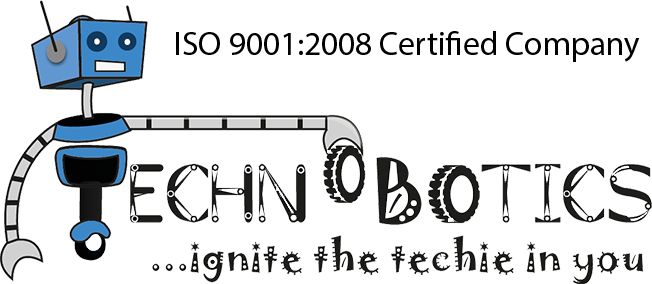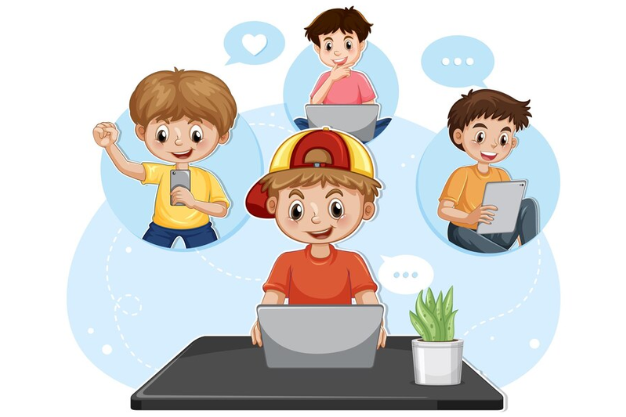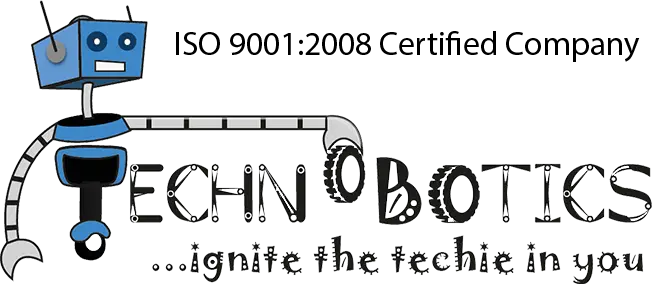Introduction:
In the world of programming education, aspiring coders often face a dilemma – whether to begin their coding journey with block-based coding or dive right into text-based coding. Both approaches have their merits, but choosing the right one can significantly impact a learner’s experience and future in coding. In this blog, we will discuss the key differences between block-based and text-based coding and help you make an informed decision.
Block-Based Coding: Building Foundations
Block-based coding for beginners is an educational approach that uses visual programming languages like Scratch and Blockly, to teach coding concepts to beginners, including those new to programming and young learners. In block-based coding, learners work with a user-friendly interface where they manipulate and arrange blocks that represent code elements to create programs.
Instead of typing code in a text-based format, learners drag and drop these code blocks, simplifying the coding process and eliminating syntax-related errors. This approach allows beginners to focus on understanding programming logic, problem-solving, and the sequencing of code instructions, making it an excellent choice for introductory coding education.
Benefits Of Block-based Coding
Here are a few advantages of using block-based coding; let’s take a look at them:
1. Accessibility And Engagement :
With block-based coding, the barrier of syntax errors and steep learning curves is eliminated. Learners can easily focus on logic and problem-solving without getting bogged down by syntax rules. This accessibility keeps learners engaged and motivated.
2. A Visual Learning Experience:
Visual representation of code makes abstract programming concepts more tangible. Learners can see the flow of their programs, making it easier to debug and understand complex ideas.
3. Building Algorithmic Thinking :
Block-based coding encourages the development of algorithmic thinking. Learners break down tasks into logical steps, arrange blocks accordingly, and witness the cause-and-effect relationship in their code. It is a fundamental skill in programming.
Text-based Coding: The Language Of Professionals
Text-based coding involves writing code using programming languages like Python, JavaScript, or C++. Unlike block-based coding, where learners arrange visual code blocks, text-based coding requires typing out code instructions using a programming language’s syntax. Text-based coding is that it provides a real-world coding experience. Learning to code in text-based languages provides a more authentic coding experience and prepares learners for real-world programming tasks.
Benefits Of Text-based Coding
Below, we have listed the top benefits of text-based coding for learners; let’s check out:
1. Mastery of Syntax:
Text-based coding requires learners to understand and adhere to the syntax rules of a specific programming language. This attention to detail cultivates precision and discipline in coding practices, which are essential skills for professional developers.
2. Greater Flexibility:
Text-based coding provides greater flexibility and control over the code. Learners can create complex applications, websites, and software using text-based languages. This versatility makes text-based coding suitable for various domains, including web development, data analysis, game development, and more.

3. Industry Relevance :
Best coding language to learn. Many programming languages used in text-based coding, such as Python and JavaScript, are widely adopted in the software industry. Learning these languages opens up opportunities for careers in programming and software development.
Making The Right Choice
Now that we’ve explored the strengths of both block-based and text-based coding, how do you make the right choice?
1. Consider Your Goals:
If you’re a beginner or introducing coding to young learners, start with block-based coding to build a strong foundation. If you aspire to pursue a coding career or develop more complex projects, transition to text-based coding.
2. Age And Experience Matter:
Younger learners often find block-based coding more accessible and engaging. Teens and adults with prior coding experience may start with text-based coding.
3. Progression Is Key:

Block-based coding can serve as a stepping stone to text-based coding. Begin with blocks and gradually transition to text when you’re comfortable.
4. Personal Learning Style:
Some learners thrive with visual, hands-on experiences (block-based coding). Others prefer the precision and control of text-based coding.
Your Block-Based and Text-Based Coding Journey Starts Here
No matter your choice between block-based or text-based coding, Technobotics offers a holistic learning experience. With interactive projects, expert guidance, and a supportive community, Technobotics empowers learners of all ages to embark on their coding journey.
Wrapping It:
The choice between block-based and text-based coding ultimately depends on your goals, experience, and learning style. Both approaches have their merits and can lead to coding success. The key is to start your coding journey, and Technobotics is here to guide you every step of the way. Whether you’re beginning with blocks or diving into text, Technobotics is your trusted partner in coding and robotics education. Start today and unlock the world of coding possibilities!


